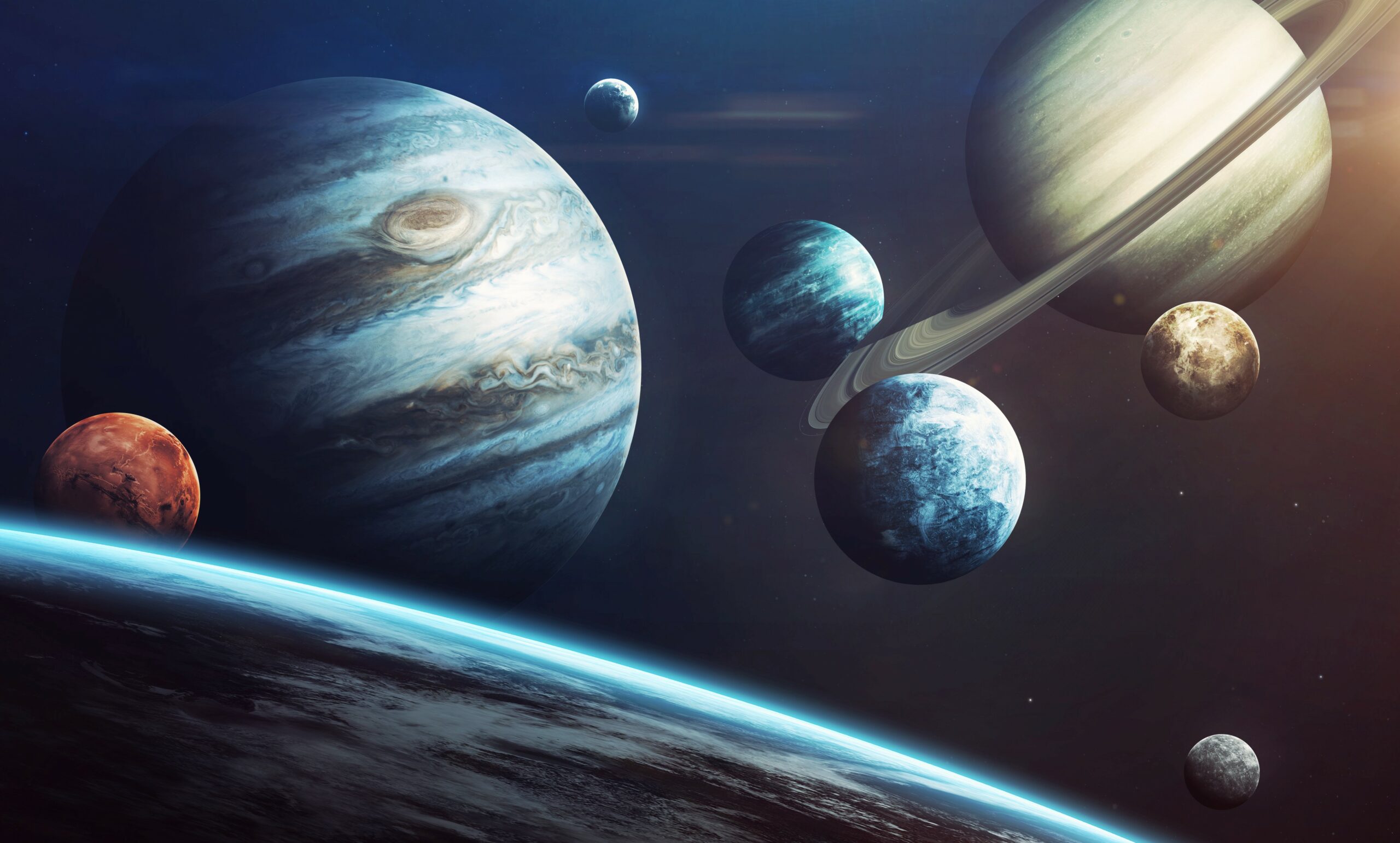In a recent release, NASA verified the presence of over 5,000 exoplanets, marking a new milestone in their decade-long quest for worlds outside Earth’s solar system. The first exoplanets were discovered in the early 1990s, and astronomers have discovered many more over the subsequent 30 years using sophisticated technical equipment. According to Hannah Seo of Popular Science, radio astronomers Aleksander Wolszczan and Dale Frail discovered two planets around a pulsar, which is a “rapidly spinning neutron star that pulses with radiation waves.” Their results were published in Nature, which spurred a surge of interest in exoplanet research.
Since their initial discovery, all verified exoplanets orbiting blazing stars have differed greatly and have unique characteristics. Some exoplanets are massive gas giants, while others are tiny and rocky. Thirty percent of the 5,000 identified exoplanets are gas giants, while the remaining 35 percent are cold and dark like Neptune. Super-Earths, which are planets that are twice the size of Earth and ten times heavier, account for 31% of verified exoplanets. Earth-sized rocky planets make up the remaining 4% of the universe.
Scientists are looking for planets that are similar to Earth that can support life and enable humanity to live on them. When seeking indications of life, a proper environment, breathing air, and water are essential. The next phase in NASA scientists’ development of the “transit” approach for discovering new planets is to look for rocky worlds with Earth-like properties. The technology, which includes sending telescopes into orbit with sensitive light detectors attached, was developed by NASA astronomer William Borucki.
Once in orbit, the telescope would scan hundreds of thousands of stars for small dips that would signal when a planet passed in front of them. The Kepler Orbit Telescope, which launched in 2009 and lasted more than nine years in space, was NASA’s most ambitious effort at the “transit” approach, observing over 500,000 stars and assisting in the finding of over 2,600 exoplanets.
The Transiting Exoplanet Survey Satellite, which was launched in 2018, has identified more than 203 verified exoplanets and observed 5,459 that are still being investigated. The new exceptional milestone commemorates three decades of groundbreaking research that has allowed researchers to rethink conventional beliefs about space and life beyond Earth.
“It’s not simply a number,” NASA Exoplanet Science Institute researcher Jessie Christiansen remarked. “Each of them is a brand-new planet, a brand-new world.” Because we don’t know anything about them, I become thrilled about everyone.” Future extraterrestrial studies will need the development of new technical equipment that can provide a clearer image of what lies beyond Earth’s solar system.
Next-generation telescopes have the ability to detect light from the atmospheres of exoplanets. These devices will be able to detect the existence of gases on exoplanets and evaluate whether the terrain is suitable for human habitation. Another exoplanet detecting tool, the Nancy Grace Roman Space Telescope, is set to launch in 2027. To provide exact images of newly found astronomical objects, the telescope will use a variety of approaches developed throughout time.
The Ariel space mission, scheduled to launch in 2029 by the European Space Agency, will study the atmospheres of several exoplanets. The expedition will use NASA technology to provide a more realistic depiction of clouds and hazes on exoplanets that have been discovered. NASA researchers have no plans to visit an exoplanet anytime soon due to the vast quantity of data they still need to collect. Exoplanets are so far away that reaching one with present technology might take thousands of years.
Until the additional study is done, NASA’s future moves will only need human interaction from Earth. According to CBS News, NASA has hinted at perhaps examining the possibility of sending a robot that looks like a Mars rover “quite far in the future.” Astronomers can guess how many planets there are, but they can’t say how long it will take to locate a world with the same livable properties as our rocky planet.
“Even with over 5,000 different planets in the books, it’s still just us,” The Atlantic’s Marina Koren stated. “In reality, scientists may discover 5,000 more exoplanets, leaving us as alone as we are today.” Some believe, however, that the advantages of space travel outweigh the negatives since the discovery of planets outside Earth’s solar system has yielded a wealth of information.
Borucki remarked in a NASA news release, “I get a tremendous sense of pleasure, and truly of astonishment at what’s out there.” “None of us had anticipated such a wide range of planetary systems and stars. It’s incredible.” NASA’s remarkable discoveries have only revealed a small portion of the galaxy’s planets. According to scientists, there might be hundreds of billions more exoplanets in the universe, with some of them potentially conducive to life.

